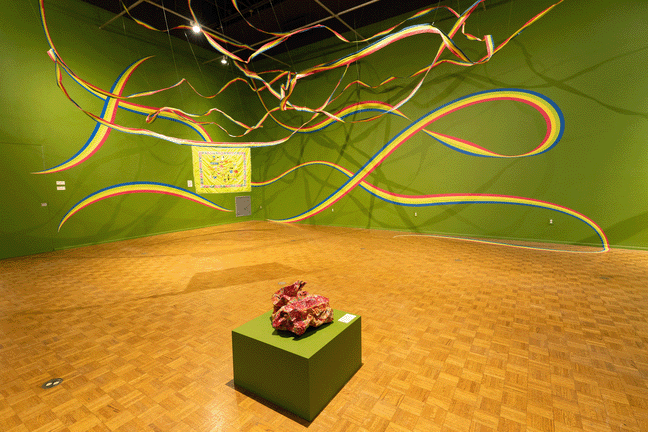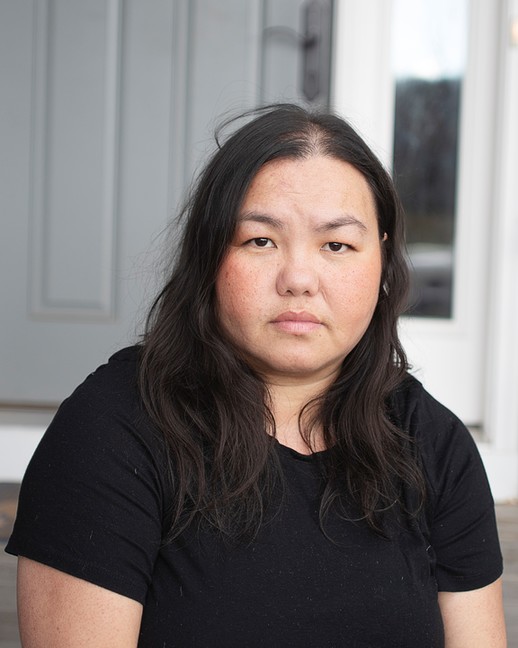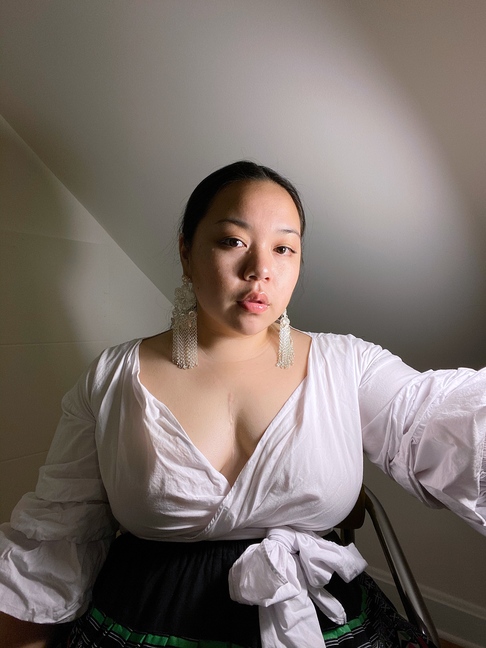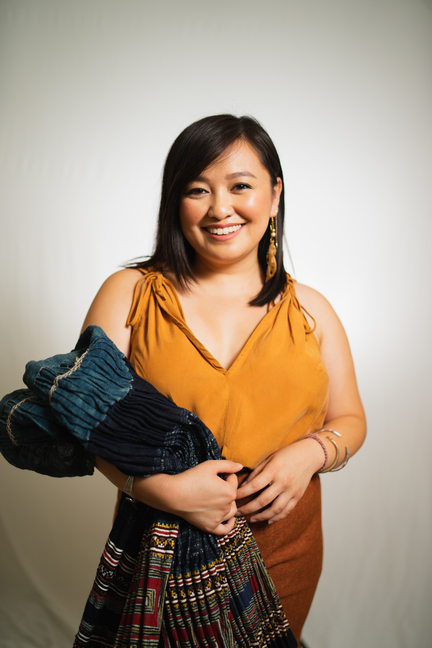Cloth as Land: HMong Indigeneity

Indigeneity—a state of being Indigenous and originating from a specific place; encompassing displaced minorities whose ancestral homelands have been lost due to colonialism, yet preserved in the continuity of cultures, identities, and kinship.
HMong Indigeneity lives in textiles: vibrant, breathing pieces of cloth shaped by HMong hands to illustrate ancestral landmarks and homelands. Here, lines converge to form patterns and an aesthetic of kin that replace teb chaws—land, country, and place—as pathways for Indigeneity to reside.
Belonging to people who are known as being without teb or chaws, HMong Indigeneity is repeatedly questioned and hides in their displacement.
Centering the voices of three HMong-American artists, Cloth as Land investigates a place for HMong Indigeneity within contemporary HMong art. Remnants of land are unveiled in thirty textiles from JMKAC’s collection, foregrounding newly commissioned works by artists Ger Xiong/Ntxawg Xyooj, Pao Houa Her, and Tshab Her, which retain these symbols, motifs, and stories. Engaging with memory and embodied knowledge, narratives of belonging are reconfigured to persist amid invisibility, sorrow, and erasure. Through each artists’ individual encounters, HMong aesthetics become reimagined, disrupting traditional expectations and uncovering new sites for HMong Indigeneity to be claimed.
Curated by Pachia Lucy Vang, Cloth as Land unfolds in separate installations over time, from November 2023 through June 2024 at the Arts Center, the Art Preserve, and the Hmong Mutual Assistance Association of Sheboygan.
* HMong is written with a capital H and M to be inclusive of White Hmong and Green Mong dialects. Speakers of the White dialect pronounce “Hmong” with a silent “H,” indicating a nasal aspiration or puff of air out of the nose. Speakers of the Green dialect pronounce “Mong” without.
The Artists
Cloth as Land: Hmong Indigeneity is funded by grants from the Henry Luce Foundation, the National Endowment for the Arts, the Terra Foundation for American Art, Travel Wisconsin, and Wisconsin Humanities, with funds from the National Endowment for the Humanities.
Additional support provided by the Kohler Trust for Arts and Education, Ruth Foundation for the Arts, the Frederic Cornell Kohler Charitable Trust, Kohler Foundation, Inc., and the Wisconsin Arts Board with funds from the State of Wisconsin and the National Endowment for the Arts.
Any views, findings, conclusions, or recommendations expressed in this project do not necessarily represent those of the National Endowment for the Humanities.
Wisconsin Humanities strengthens our democracy through educational and cultural programs that build connections and understanding among people of all backgrounds and beliefs throughout the state.








